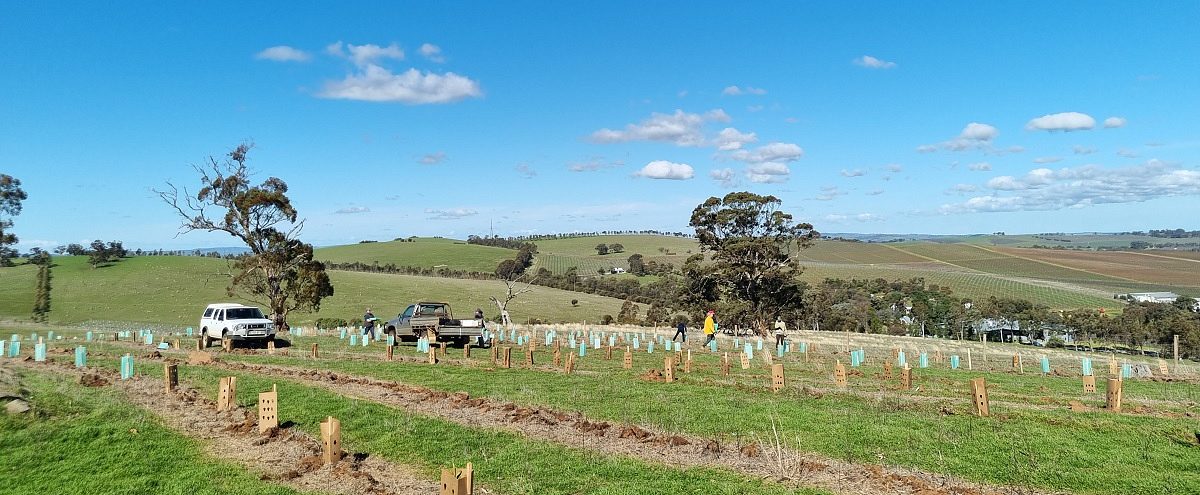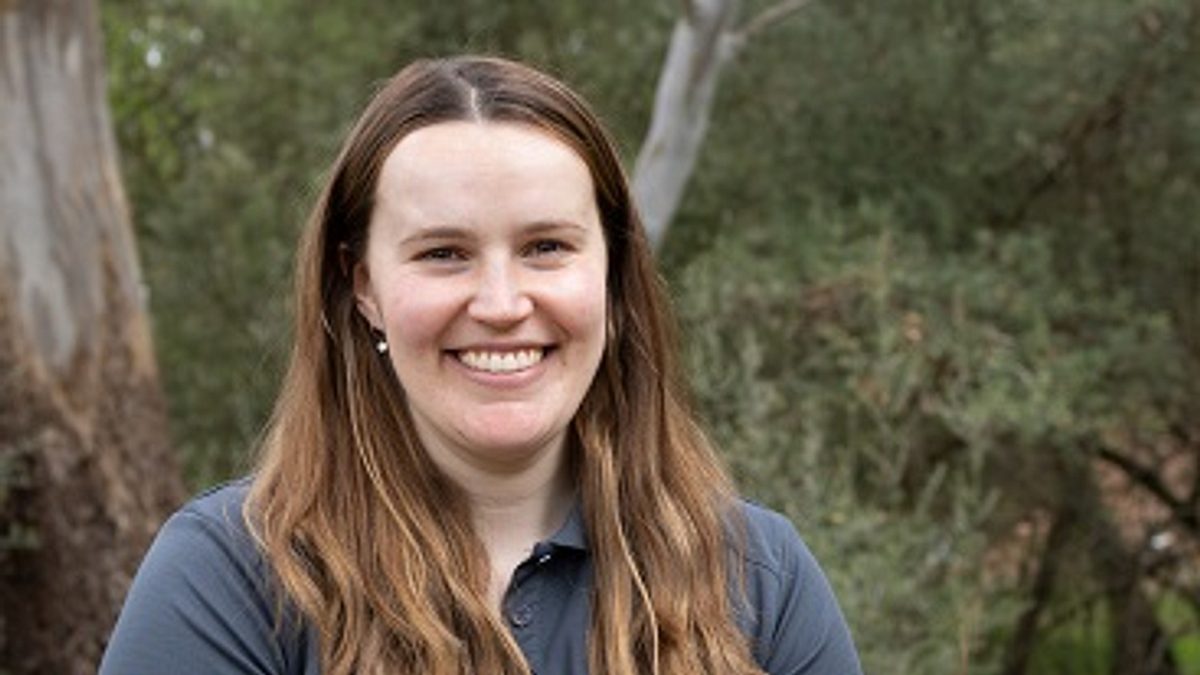
Nature Repair Market
The Nature Repair Market is a government initiative that incentivises and rewards land management actions to restore and protect the environment. It is a marketplace where individuals and organisations can undertake nature repair projects to generate a tradable 'biodiversity certificate'.
These projects could include:
- re-establishing vegetation along waterways or dams,
- keeping pests and feral species from destroying native species and ecosystems,
- planting native shelterbelts or revegetation blocks on farms, and more.
Those eligible to take part include local and state government bodies, First Nations people and organisations, conservation groups and farmers.
The Nature Repair Market officially launched in March 2025, with the release of the first approved project method – the Replanting Native Forest and Woodland Ecosystems method. This market is the first national, voluntary biodiversity market to be established internationally, however there are several private sector markets that are already up and running.
Listen to the What You Need to Know Now Podcast for an introduction to the Nature Repair Market or read more about the Nature Repair Market.
How does the Nature Repair Market work?
Each nature repair project must be designed in line with an approved nature repair method. The project is expected to create a biodiversity improvement and when this has been achieved, the project proponent can apply for a Biodiversity Certificate.
Each Nature Repair Market project can only generate one Biodiversity Certificate over its duration. Once a Biodiversity Certificate has been sold, the associated biodiversity improvement is expected to be maintained over the project’s ‘permanence period’, typically 25 or 100 years.
The steps below provide a brief guide to how the Nature Repair Market process works:

What kind of projects can be done under the Nature Repair Market?
Participants will need to design and deliver their project according to one of the approved methods with the help of a registered consultant. Right now, there is only one method available – the Replanting Native Forest and Woodland Ecosystems method. Projects using this method will re-establish native vegetation on cleared land and have the chance to earn both a Biodiversity Certificate and carbon credits under the Australian Carbon Credit Unit (ACCU) Scheme. Find out if your property is in an eligible region.
Several other Nature Repair Market methods are currently being developed, and are expected to be released over the next few years. The methods currently in development are:
- Enhancing remnant vegetation* – protection and enhancement of existing native vegetation.
Examples: fencing areas off, weed and pest animal control. - Native forest – protect, restore and manage native forests.
- Invasive pest management – control of specific feral pests and/or weeds additional to what is required of landholders by law.
- Permanent protection – protect and conserve biodiversity in line with the national goal of protecting 30% of land by 2030 (30 x 30 plan).
- Rangelands – manage and enhance habitat in arid and semi-arid areas.
- Indigenous-led methods – to be advised.
* currently being piloted

What does this mean for me?
Farmers, First Nations communities and other landholders in the Northern and Yorke region have the potential to earn money by doing nature repair projects on their land. This could diversify income streams to improve resilience of farm businesses and communities to climate change, particularly drought.
By undertaking Replanting Native Forest and Woodland Ecosystems projects, farmers have the opportunity to generate income through both the Nature Repair Market and the ACCU scheme.
While there are potential opportunities for diversified income, if you are interested in engaging in the Nature Repair Market you should make yourself aware of the costs, risks and legal and administrative requirements associated with entering the Market. We can point you in the direction of reputable nature repair consultants, so that you can discuss if this is the right opportunity for you.

How does the Nature Repair Market compare to the Australian carbon market?
Read more about carbon farming and the ACCU Scheme.
| Nature Repair Market | ACCU scheme | |
|---|---|---|
| Goal | Improved biodiversity outcomes: Native revegetation, protection of remnant vegetation and pest species management | Reduce net greenhouse gas (GHG) emissions by increasing storage of carbon/nitrogen and/or avoiding the release of GHGs. |
| Who can participate | Australian landholders (farmers, First Nations communities, councils, individual landholders etc.) | Individuals, sole traders, companies, trusts and local, state and territory government bodies |
| Tradeable unit | Biodiversity certificate | Australian carbon credit unit (ACCU) |
| 1 unit is equal to | 1 nature repair project | 1 tonne of CO2-equivalent (CO2e) emissions stored or avoided |
| Units generated over duration of project | 1 | 100s – 1000s+ |
| Unit value | Negotiated between the buyer and the project proponent | The market rate of ACCUs is currently ~$38/ACCU, driven by supply and demand of credits. Price can be negotiated between the buyer and seller to a value higher or lower than the market rate |
| Potential buyers | Biodiversity certificates cannot be purchased to offset nature clearing, destruction or degradation. There are many potential reasons an individual, business or organisation may buy a biodiversity certificate, including philanthropy, marketing purposes to appeal to an environmentally-conscious market or as part of their corporate, social and environmental responsibility (CSER) goals. | ACCUs can be purchased to offset GHG emissions. Therefore, businesses and organisations looking to offset their carbon emissions may choose to or be required to purchase ACCUs to become net zero or carbon neutral. |
| Duration of project (‘permanence period’) | 25 or 100 years (or as directed by the method) | 25 or 100 years, however the crediting period (time over which the project can generate ACCUs) is generally 7 years for emission avoidance projects and 25 for sequestration projects. |
